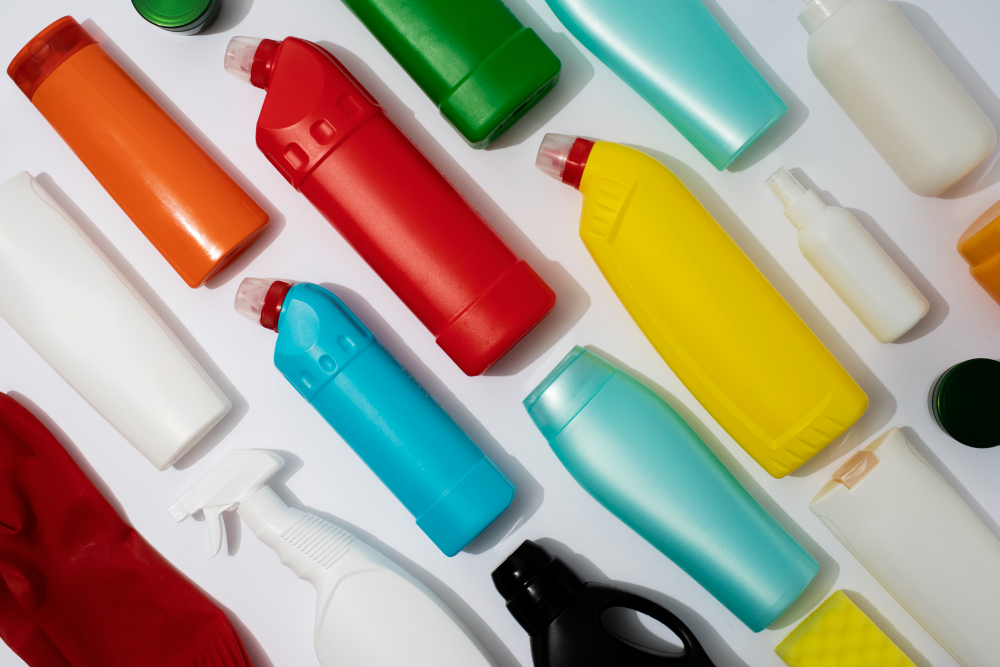Did you know that not all plastics are created equal? While they may look similar, different types of plastics can vary in strength, flexibility and environmental impact. Among them, HDPE plastic stands out as one of the most durable and versatile options. But how does it compare to other common plastics like PVC, PET and PP? This article will take a closer look at what makes HDPE superior to other plastic materials currently on the market.
What is HDPE Plastic?
HDPE, or High-Density Polyethylene, is a strong and lightweight thermoplastic known for its durability and resistance to chemicals and moisture. It’s commonly used in products like plastic bottles, pipes, storage containers and even plastic lumber. Unlike some other plastics, HDPE is both tough and flexible, making it an ideal choice for applications where long-term performance matters.
HDPE vs. Other Common Plastics
HDPE vs. PVC (Polyvinyl Chloride)
PVC and HDPE are often compared because both are heavily used in piping and construction materials. However, HDPE plastic has a distinct advantage when it comes to toughness and flexibility. While PVC is more rigid and prone to cracking under stress, HDPE can withstand impacts without breaking. Another important factor is environmental safety. PVC contains chlorine and other additives that can be harmful, whereas HDPE is widely considered a safer choice.
HDPE vs. PET (Polyethylene Terephthalate)
If you’ve ever held a plastic water bottle, it was likely made from PET. This material is lightweight and commonly used for beverage containers and packaging. However, HDPE is significantly stronger and better suited for applications that require durability, such as heavy-duty containers and industrial storage solutions. HDPE is also more resistant to chemicals compared to PET, making it ideal for detergent bottles and chemical storage.
HDPE vs. PP (Polypropylene)
Polypropylene (PP) is another widely used plastic, particularly in food packaging and household products like microwave-safe containers. One key difference between HDPE and PP is heat resistance. PP can withstand higher temperatures, making it preferred for some food storage applications. However, HDPE is generally stronger and more resistant to physical stress, which is why it’s commonly used for outdoor and industrial applications. Both materials are recyclable, but HDPE tends to have an easier processing cycle.
Why HDPE is a Superior Choice
When comparing HDPE to other plastics, its biggest advantages come down to three factors: durability, versatility and environmental impact. HDPE plastic products are designed to last, resisting wear and tear even in harsh environments. From industrial piping to reusable shopping bags, the range of applications is vast. HDPE is also one of the most recyclable plastics available, making it a more sustainable choice compared to PVC or PET.
Final Thoughts
If you need a plastic that’s strong, flexible and environmentally friendly, HDPE plastic is a top choice. Whether you’re looking for materials for construction, packaging or industrial use, HDPE outperforms many others in terms of durability and longevity, making it an excellent solution for a range of applications.







